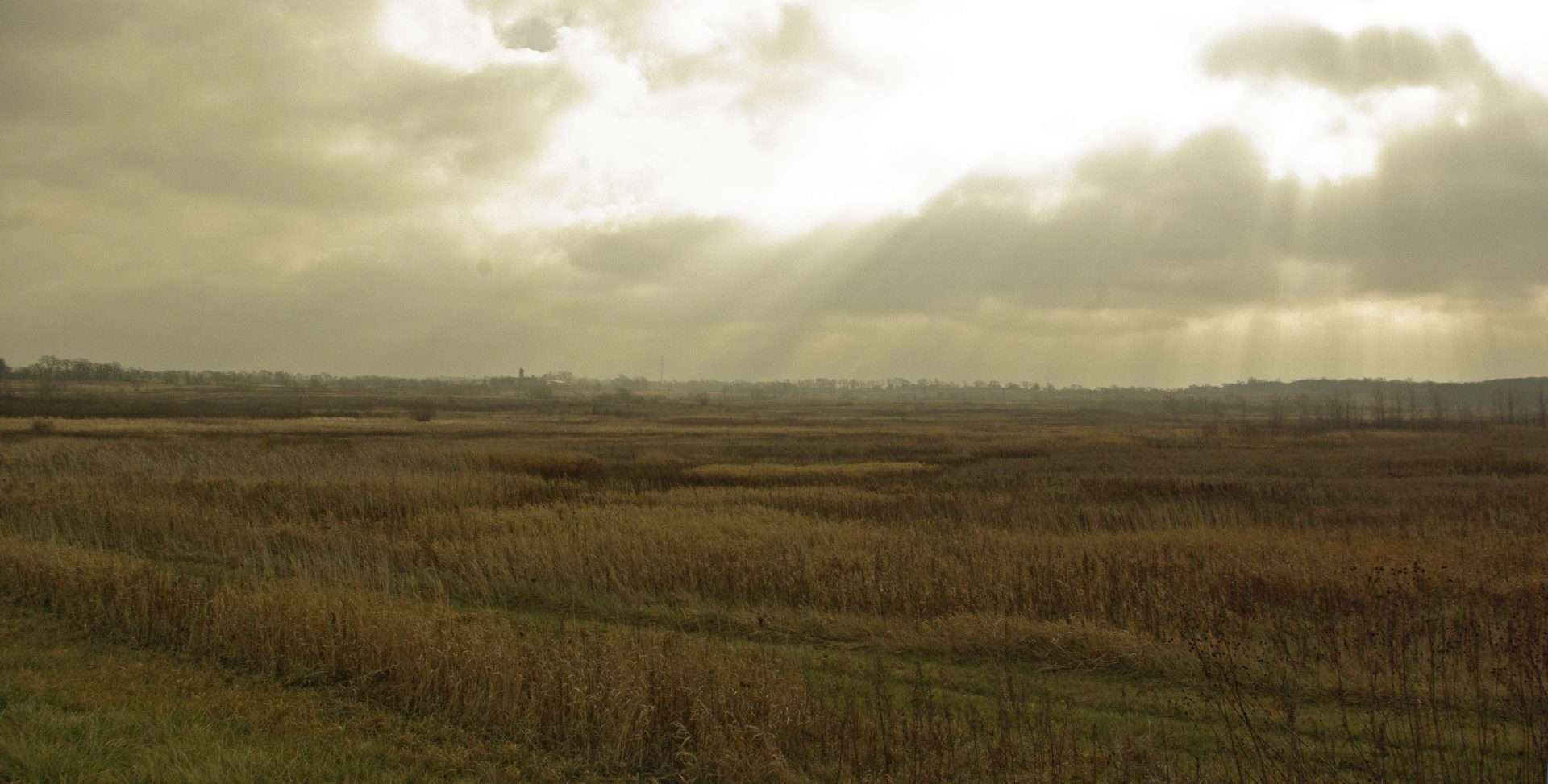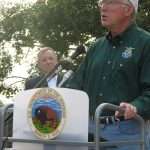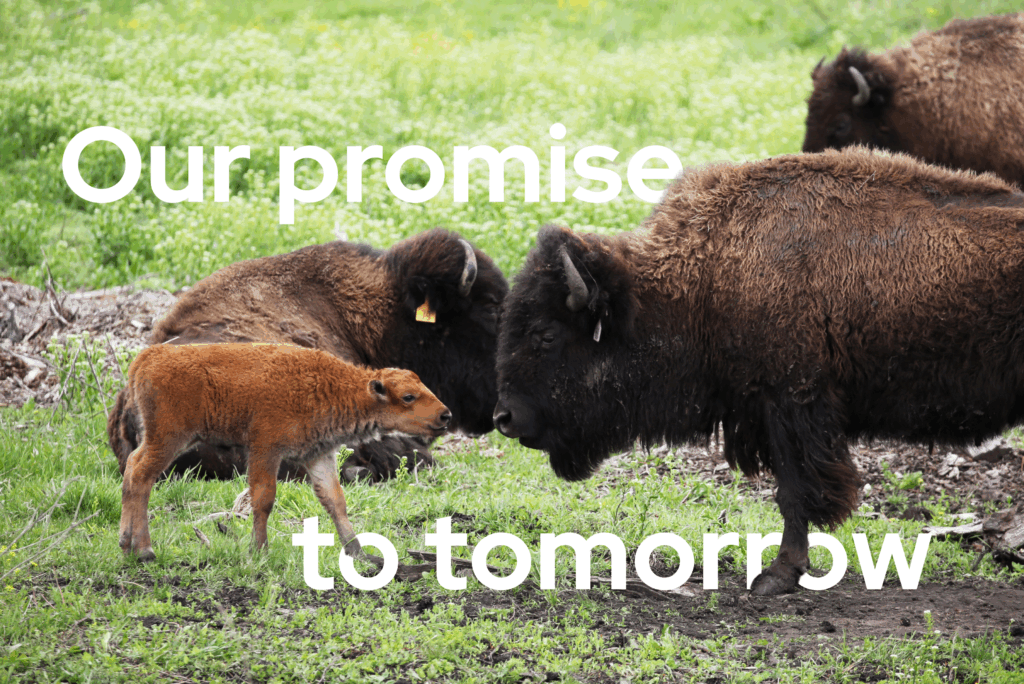It will come as no surprise that residents of the Chicago region all too often experience nature in fragments – at their local park, in a community garden, with a migrating sandhill crane passing overhead. But when we have space to run wild, and when nature has room to demonstrate a mighty vastness, it only takes a few moments before it speaks to us in a primeval and wordless language.
On the doorstep of Chicago, we have such a place in Hackmatack National Wildlife Refuge. The 11,500 acres of Hackmatack will soon offer the chance to explore and appreciate nature’s majesty on a whole new level. Here, we’ll be able to share our favorite activities with our families, kids will learn about and understand the value of nature, and this will be a place we can all fill with memories which will endure for lifetimes. All of this will be possible because this land is public, it belongs to all of us.
Updated: Congress has passed a budget that significantly increases support for the National Wildlife Refuge System. Learn more.
“I am glad I shall never be young without wild country to be young in.”
-Aldo Leopold, A Sand County Almanac
Wide Open Spaces
In 1903, President Theodore Roosevelt established the National Wildlife Refuge System, which has since grown into a system of over 560 conservation sites, today encompassing more than 150,000,000 acres of public land. The primary goal of the Refuge System is to protect and enhance habitat for wildlife, while providing public benefit, such as educational resources, recreation opportunities, and support for local economies.
Hackmatack, formally established in 2012, is the first such refuge within 100 miles of Chicago, making it accessible to the 12 million people who live within an hour’s drive of the refuge. As an urban wildlife refuge, the U.S. Fish & Wildlife Service aims to offer access and resources to America’s increasingly diverse population.
Outdoor recreation is estimated to contribute $646 billion to the U.S. economy every year, and the refuge is at the heart of that opportunity. In Hackmatack and its adjoining areas, runners and hikers will be able to explore miles of trails winding through sun-dappled burr oak savannas and prairies teeming with wildflowers. Cyclists can pause beneath its massive skies as they travel along the Grand Illinois Trail. Birders will be able to comb native grasslands for Dickcissels or restored wetlands for migrating Whooping Cranes. Fishermen and sportsmen can wade through some of the highest-quality headwater streams in the region. Kayakers and paddle boarders can slip slowly down the Nippersink Creek as it meanders through open fields, lush woodlands, and verdant flowerbeds. And photographers will be able to capture a unique landscape of glacier-carved ridges adorned with valleys of wildflowers and pierced with pristine streams, all lingering from the last Ice Age.
Public access to open space is the guiding vision for Hackmatack National Wildlife Refuge, but the designation in 2012 was just the start of a long journey to build the refuge. We are currently restoring the first acres of Hackmatack, but public-private partnerships and local enthusiasm driving the vision forward.
Forging Partnerships
In March 2012, U.S. Fish and Wildlife Service released its environmental assessment for Hackmatack National Wildlife Refuge. The assessment recommended a version of the refuge that would link existing state, county, and federal conservation lands with newly acquired land and conservation corridors.
After gaining support from the public, the congressional delegations of both Illinois and Wisconsin, as well as from their respective governors, then-Secretary of the Interior Ken Salazar formally declared protected status for the refuge in August 2012.
Today, Openlands and our partners are in the process of developing four core areas in Illinois and Wisconsin that link existing conservation sites and create the necessary scale needed for wildlife to thrive, which translates to thousands of acres of protected wetlands and havens for recovering wildlife populations. While restoration work is concentrated in these cores, we are also working with private partners to link the cores via migratory corridors.
While Openlands is able to acquire new parcels from willing sellers andhelp restore them to be a part of Hackmatack, federal support for the refuge is critical. Federal land protection ensures that important resources are forever available to America’s future generations. It secures drinking water supplies, provides wildlife habitat, creates recreation opportunities, and maintains ecosystems that support agriculture, tourism, and other economic activity. These areas will be protected from pollution and continue supplying clean water to agriculture. These considerations drove the locals’ decision to seek federal protection as a national wildlife refuge.
This is a new approach to conservation and a new way to protect open space on the scale we need for wildlife to thrive. We have to tackle the challenge with our partners acre-by-acre, parcel-by-parcel to protect these places so everyone can share places like Hackmatack.

The open spaces of the American landscape have always been part of our national identity. Hackmatack is a dream built from the bottom up, drawing together the skills and talents of conservation non-profits, local business owners, sportsmen, and private citizens.
Foresight and planning for the Chicago Wilderness Region established many different and superb ways for people to be connected with and inspired by nature. Whether at the local park or forest preserve, or at vast open spaces like Midewin National Tallgrass Prairie and Hackmatack National Wildlife Refuge, connections to nature are vital to all people. Chicago is the third largest metropolitan region in the country, but we lack equal access to America’s public lands. Cutting support of the National Wildlife Refuges will rob us of our right to enjoy America’s public lands.


